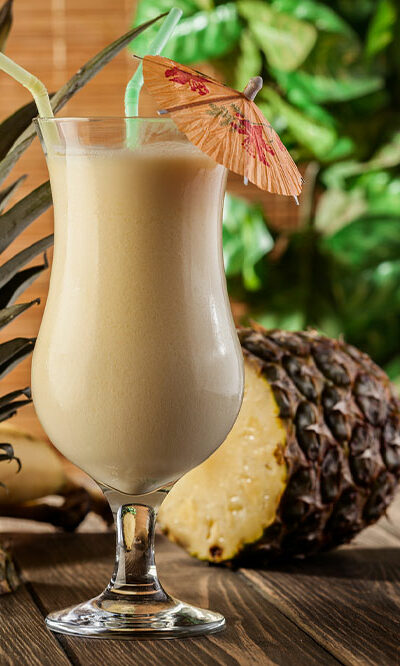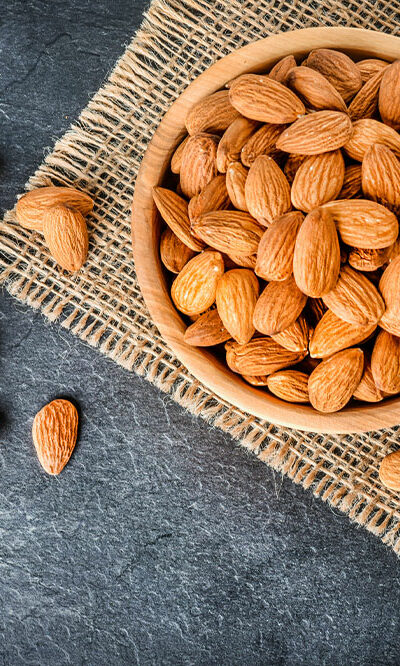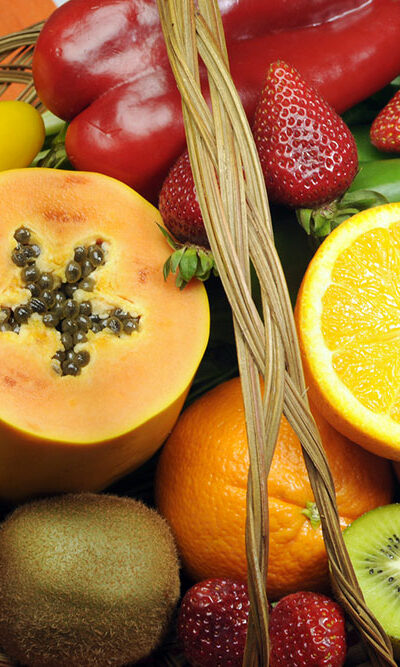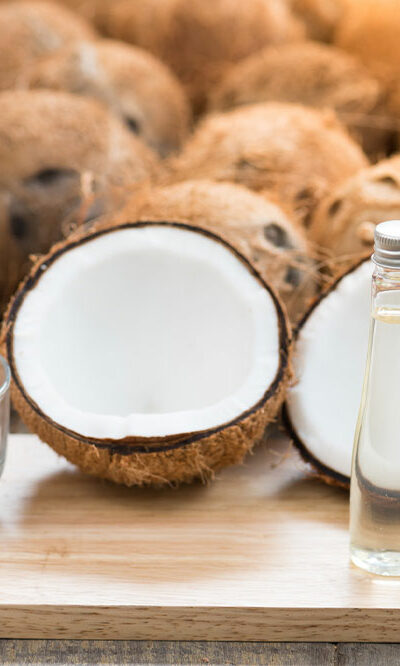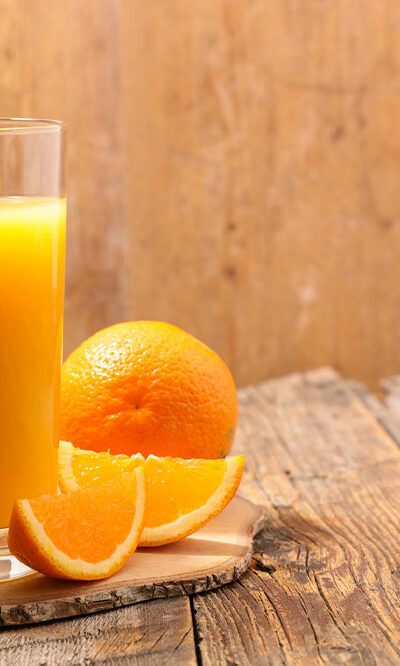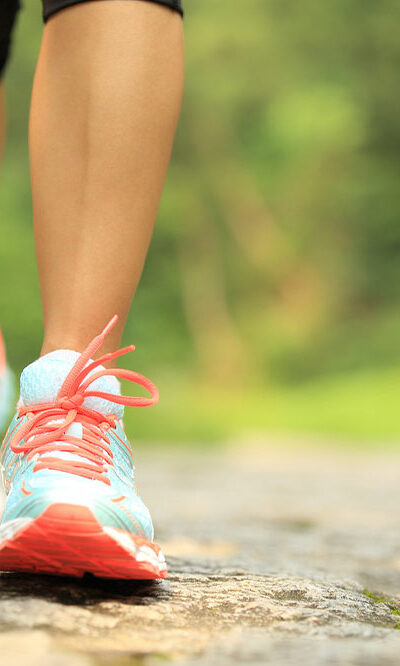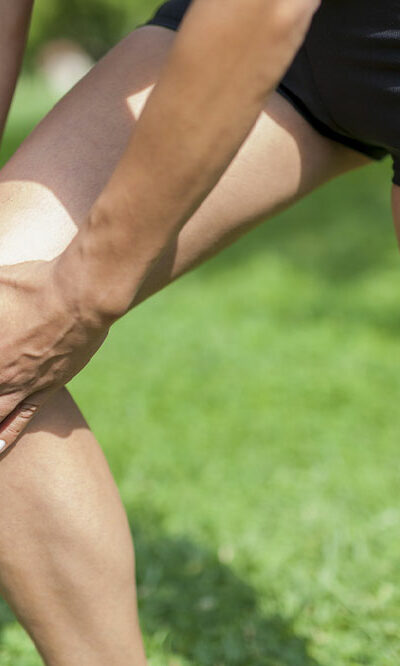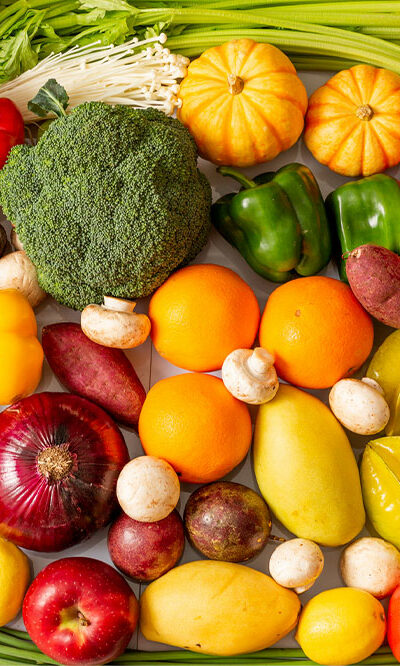
Best and worst foods for managing scoliosis
Scoliosis is an abnormal curvature of the spine in the coronal or frontal plane. It is generally diagnosed during adolescence and may lead to pain in the lower back, back stiffness, pain or numbness in the legs due to pinched nerves, or fatigue due to muscle strain. Treatment for this condition involves the use of braces, spinal fusion surgery, or spine and rib-based growing operations. Further, healthy food choices are an important part of recovery. Best foods Here are three foods to eat when undergoing scoliosis recovery to improve health and wellness: Fresh fruits and vegetables: Fresh fruits and vegetables are a rich source of nutrients as well as fiber, which are important for maintaining one’s overall health. Fresh produce like broccoli, apples, tomatoes, avocados, cauliflower, carrots, kale, Brussels sprouts, pears, peaches, celery, and green beans can be beneficial during recovery. Unprocessed meats: Organic meats, such as chicken, turkey, fish, and beef, are a great way of providing proteins to the body. However, one should steer clear of processed meats, as they may have unhealthy additives and preservatives. Foods with vitamin D and calcium: Calcium and vitamin D are crucial for maintaining bone health and must be added to meals in healthy doses. Calcium can be found in beans, lentils, poppy seeds, chia seeds, and celery, while vitamin D may be obtained from fish, eggs, or mushrooms. Those undergoing scoliosis treatment must also remember to stay hydrated, as water contributes to the body’s natural functioning. Worst foods At the same time, some foods may impede recovery during scoliosis and must be avoided. These include: Soda: Sugary drinks such as soda inhibit the body’s ability to absorb calcium and can interfere with recovery when dealing with scoliosis. Fast food: Fast foods generally contain high amounts of salt, which can make one lose calcium through urine.
